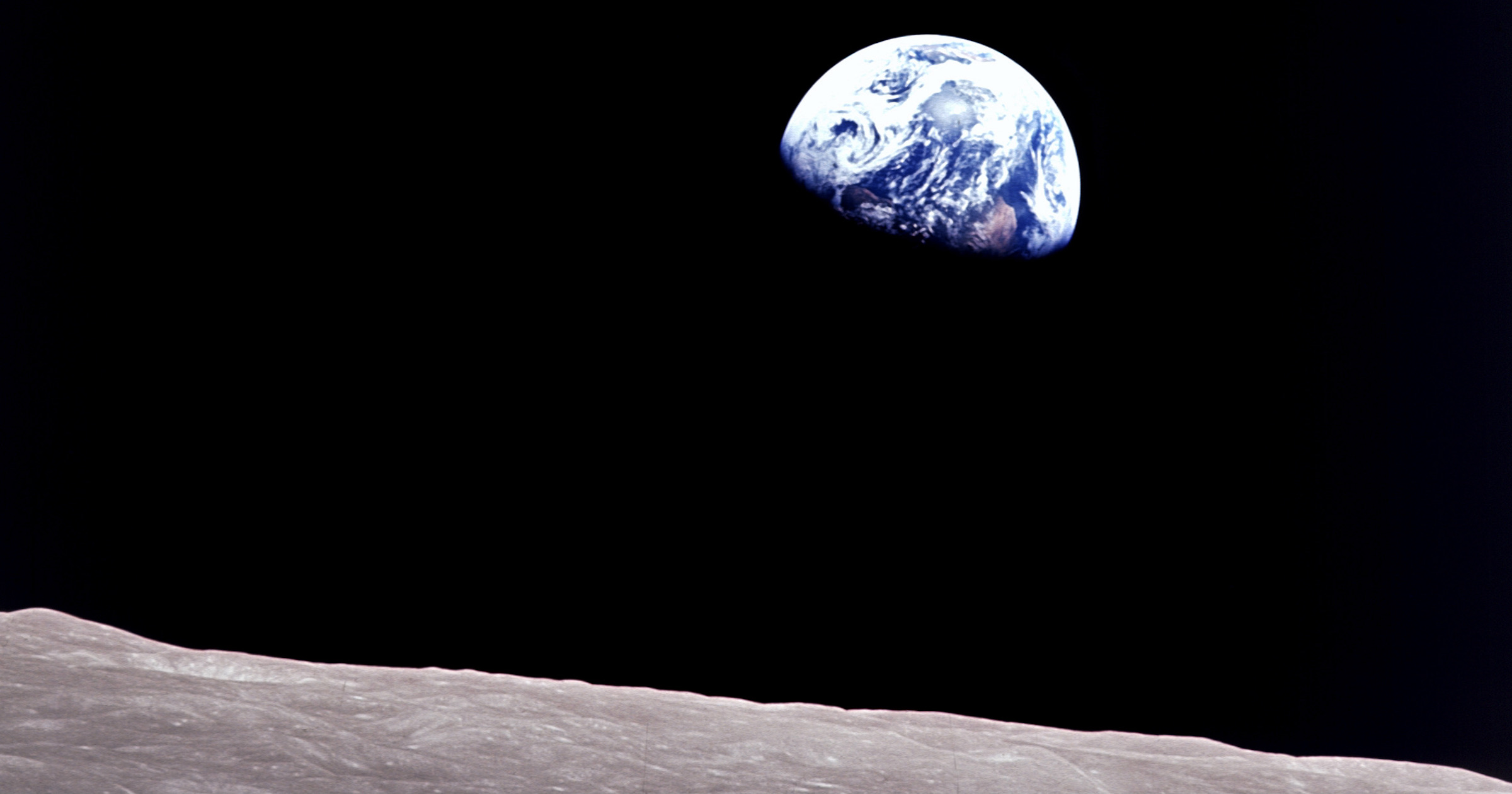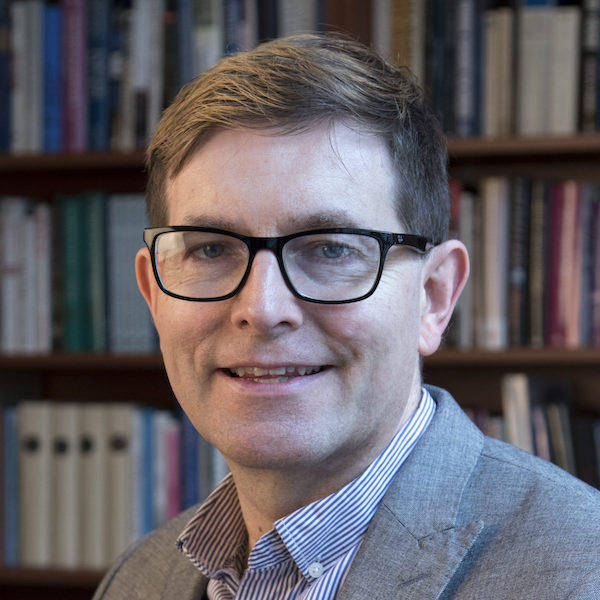 Human Origins
Human Origins
 Intelligent Design
Intelligent Design
 Physics, Earth & Space
Physics, Earth & Space
Sewell: Top Five Evidences for Intelligent Design

Mathematician Granville Sewell recently released a new video presenting a very helpful summary of the evidence for intelligent design in nature. It is separated into five sections:
- The Fine-Tuning of Conditions on Earth
- The Fine-Tuning of the Physical Laws of our Universe
- The Origin of Life
- The Origin of Intelligent Humans
- The Origin of Human Consciousness
The video includes several particularly insightful points.
Sewell illuminates the deep irony of how atheists have responded to the evidence for fine-tuning by appealing to the existence of a vast number of other universes, a conjecture not supported by any empirical evidence:
It is interesting that those who for many years have ridiculed religious believers for imagining that there is another universe, another dimension, out there with better conditions awaiting us have now been reduced, by the evidence for fine-tuning, to inventing not one but “countless” other universes with different conditions.
He also lists several leading scholars who have argued that the laws of physics and the conditions of our planet are not only fine-tuned for the survival of intelligent beings, but they are also fine-tuned for the development of technology and for scientific discovery (here, here, here). Consequently, critics cannot use the argument that “the conditions were just right because otherwise we would not be here to wonder about it.” We could have just as easily appeared on a planet that supported life but not science and technology. The only explanation is that they are gifts from our designer to challenge, entertain, and inspire us.
Lessons from Engineering
In addition, Sewell draws upon lessons from human engineering that highlight the challenges of explaining the origin of life and its subsequent evolution through purely natural processes. For instance, human engineers are not even close to creating machines capable of autonomous self-replication. And, the pattern of appearances of innovations in life matches that seen in the advancement of human technology. These observations point to the fact that life is also the product of a designer.
Explaining Consciousness
In the final section, Sewell highlights the challenge of explaining the evolution of consciousness:
But even if they could explain how animals with mechanical brains evolved out of the primeval slime, that would leave the most important question — the one evolutionists never seem to even wonder about — still unsolved: How did I get inside one of these animals?
He describes how atheists often argue that scientists cannot appeal to design since they cannot explain the origin of the designer. Yet, they also have to appeal to an uncaused cause for the universe, which now appears particularly problematic:
For many years materialists avoided the parallel question of “who designed matter and energy” by saying they have always existed, but in the last century it was discovered that matter and energy and space and time did begin suddenly, with a “Big Bang,” about 14 billion years ago. What came before the Big Bang? Even if “before” the beginning of time as we know it is not meaningful in a temporal sense, it is still meaningful in a causal sense, because out of nothing comes nothing: there has to be some “first cause.” Whether this first cause is intelligent or unintelligent, there is by definition no hope of ever explaining it in terms of “earlier” causes. Materialists can say that their currently preferred universe-generating mechanism needs no explanation because it is eternal, but we can equally say our designer needs no explanation because he is eternal.
This video provides a quick and easy introduction to intelligent design that I would recommend to anyone new to the topic.

